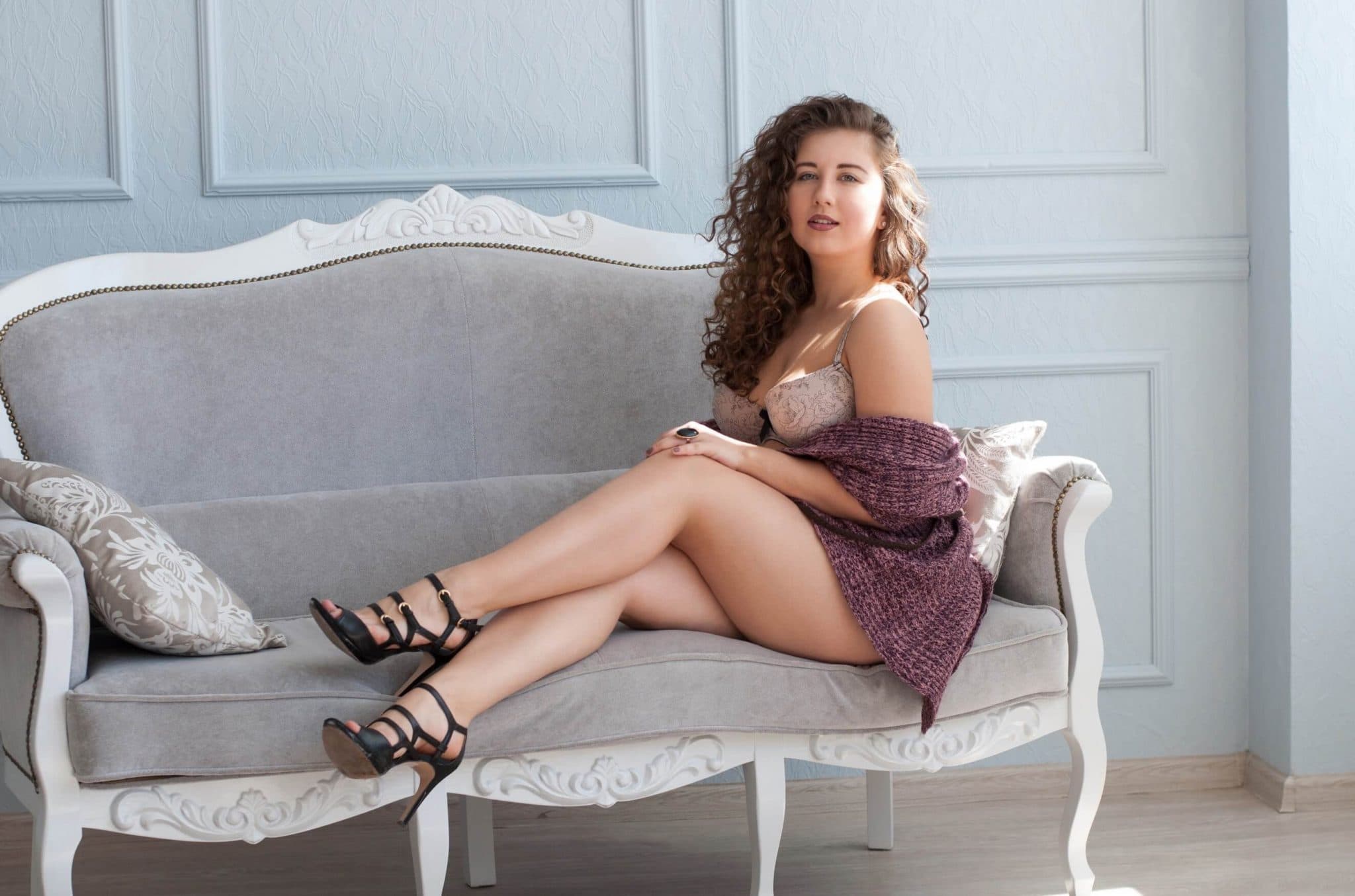We are often asked a lot of questions about our lines of bodysuits, particularly now that the style has been thrown back into the limelight. But for years, bodysuits and shapewear were a topic women were often ashamed to ask about and were being forced to fumble through the process alone. Particularly plus sized women, who were often made to feel as though bodysuits weren’t really for them. But not anymore. Bodysuits are for everyone, so today we wanted to share with you common facts about bodysuits that you might have been too nervous to ask in the past, so you know exactly what you’re getting yourself in for.
What Exactly Is a Bodysuit?
To get back to the basics, a bodysuit is essentially the more fashion conscious cousin of the leotard. But instead of being worn for primary school ballet performances, it’s an almost every day wear accessory for some. Over the course of 2017, they have somewhat exploded back onto the fashion scene, mainly thanks to the likes of Kim Kardashian and other celebrities rocking the bodysuit look all summer. A bodysuit consists of a single piece of control material that stretched from your shoulders to your crotch. They can come in basic single colours to be worn under clothes and create a smooth silhouette, or they can be in elaborate, beautiful designs and paired with jeans or trousers to create a look of their own.
How Did They Come About?
Honestly, we really don’t know when the bodysuit was invented, or by who. What we do know is that the bodysuit as an item of clothing is a progression from the traditional leotard used in dance. We also know that it wasn’t used in fashion until around 1950 when fashion designer Claire McCardell started using them as an alternative to blouse or T-shirt on the catwalk. What we can say for certain is that the first outfit recognised as a ‘bodysuit’ as we know it today was worn by Bettie Page in the mid-1950’s, and quickly became the trademark attire of well dressed, chic women who were going places.
OK, But Why Do I Need One?
For some people, a bodysuit just seems like a hassle, but for others, they are a lifeline. It really depends on what you want it to do. For everyday wear, the bodysuit has a massive advantage over simple blouses or tops because they give very sharp lines and can’t come untucked – perfect for low riding jeans and avoiding the dreaded ‘builders bum’. This means they are a great base for professional women who want that extra boost in their confidence. They’re also popular for special occasions. Because bodysuits are usually made of spandex or Lycra, they offer a high level of control, hugging and smoothing out bumps in the figure and creating that smooth silhouette. This means that for that special day – a wedding, a big party or even a job interview, they are perfect for that added confidence and distinction.
So How Do I Choose the Right Size?
This is the tricky part because bodysuits are supposed to be tight. It’s how they do their job. But that means it’s all too easy to buy one that’s actually too small for you while thinking that the tight feeling is because it’s working. Plus, it’s a bit of an urban myth that you should pick a size down from what you normally wear. But you really don’t need to do this, as it will just result in ugly bulges and painful pinching, which no one wants. Instead, you just need to choose the same size you would usually wear. If you’re a bit in-between sizes, we recommend choosing the larger size to avoid the bulging and pinching of a too-tight suit.
What’s Different About A Bodystocking?
Along with bodysuits, there are bodystockings, which are similar, but not the same thing. It’s easy to get confused, which is why we included it in this post. A bodystocking will cover your body from your neck all the way down to your toes, and come complete with sleeves and legs. There are some made from similar, controlling materials that are popular for sports and yoga, and others that are sheer and lacy, designed to look good in the bedroom rather than giving any actual support.
Can I Wash It Without It Losing Its Shape And Support?
Another big concern is how often a bodysuit should be washed (if at all) to make sure it retains all of its control power. Each bodysuit’s washing instructions will vary depending on what it’s made of and the level of detail, so it is always important to read the labels and follow the instructions. However, as a general rule, ones made of delicate materials like lace or stocking material will need to be hand washed, while sturdier ones will be perfectly OK with your regular washing as and when they become soiled.
For a long time, the bodysuit was the underwear of the super thin – a way to show off their perfectly sculpted physique. Now modern bodysuits and shapewear have been designed to give every woman who wears them the confidence to wear anything, no matter what their size. In fact, plus size bodysuits are fast becoming one of our most popular sellers, thanks to more women realising that confidence is what makes you beautiful – not your dress size.

 Breaking open the body shape myth
Breaking open the body shape myth
